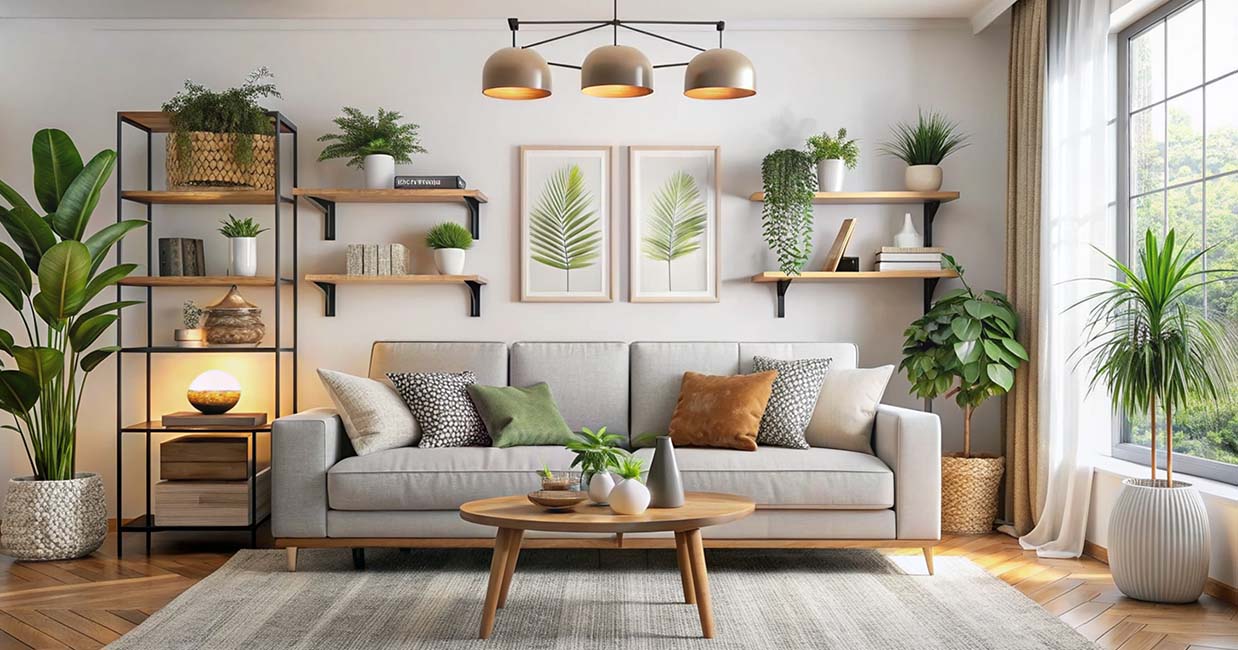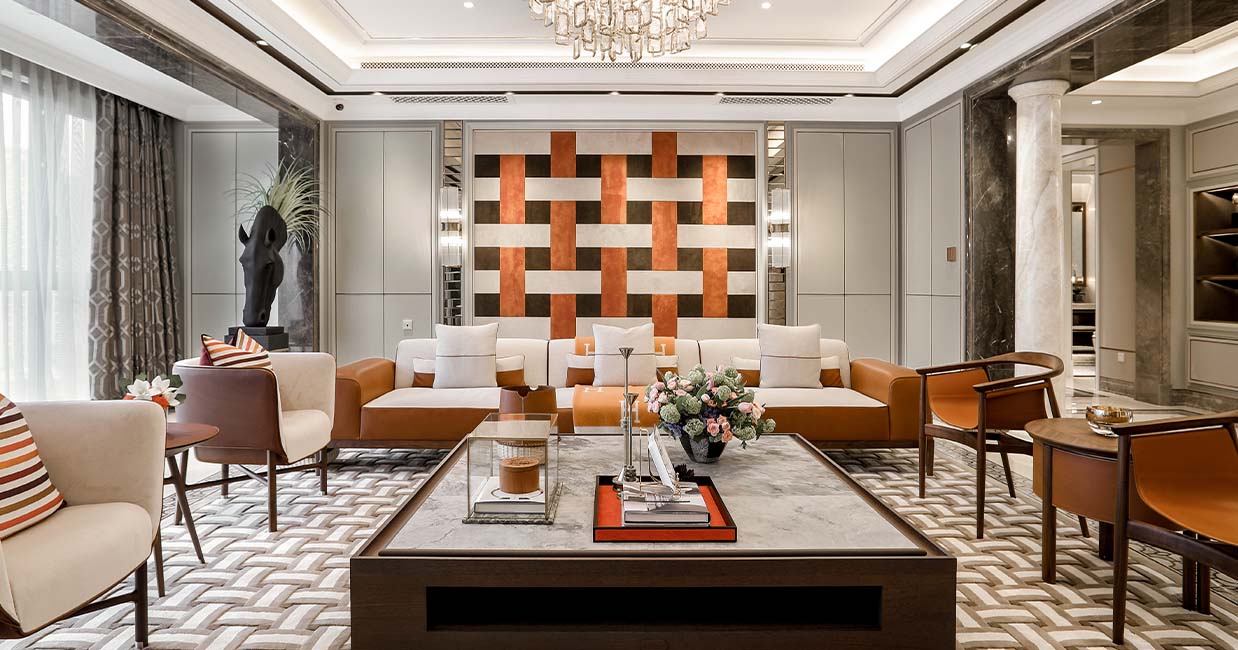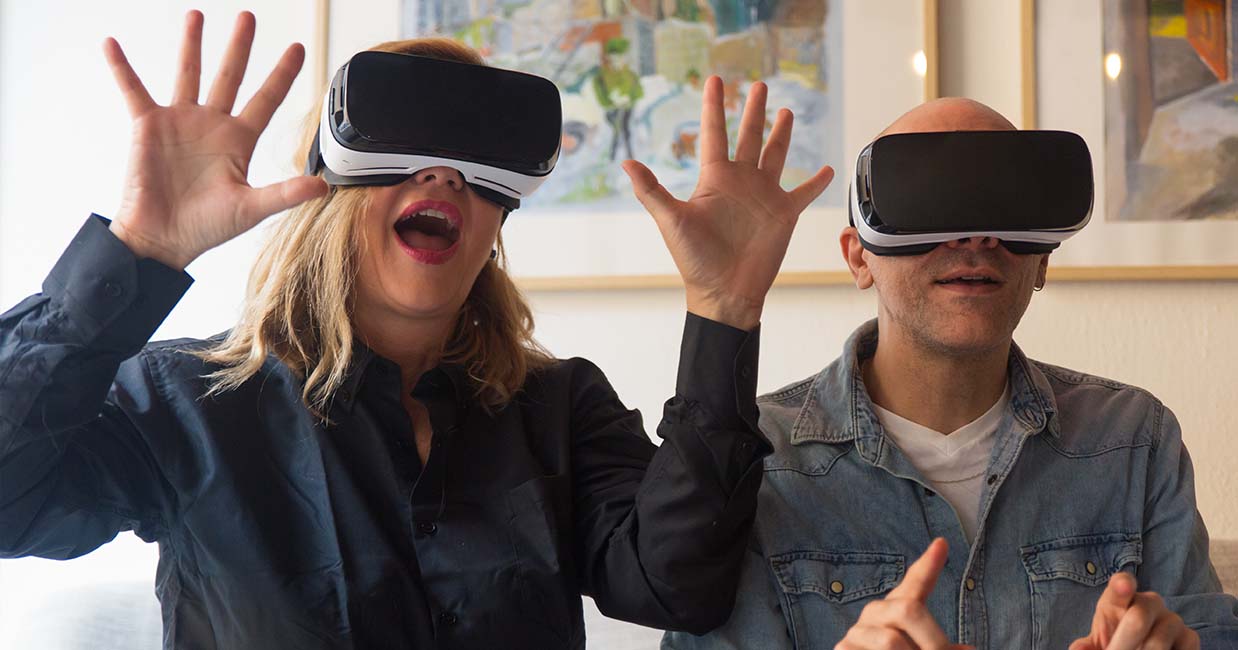Why SketchUp 3D Models Are the Future of Interior Design: Trends and Innovations for 2025
- Home
- Why SketchUp 3D Models Are the Future of Interior Design: Trends and Innovations for 2025
- Why SketchUp 3D Models Are the Future of Interior Design: Trends and Innovations for 2025

The world of interior design is evolving rapidly, with technology playing an increasingly pivotal role in shaping how spaces are conceptualized and brought to life. One of the most transformative tools leading this charge is SketchUp, a powerful 3D modeling software that has become the go-to solution for designers, architects, and even DIY enthusiasts.
As we move toward 2025, SketchUp’s 3D models are revolutionizing the interior design industry by offering unparalleled precision, creativity, and innovation. From kitchen 3D models to detailed 3D decor and furniture pieces like 3D bar stools and 3D dining tables, SketchUp is setting new standards in how we design interiors.
Why SketchUp Is Changing the Game for Interior Designers
Interior designers have long relied on traditional 2D blueprints, hand sketches, and mood boards to convey ideas. However, these methods often fall short when it comes to visualizing a space in its entirety. SketchUp offers a significant upgrade by providing detailed, fully-rendered 3D models that allow designers and clients to see every element of a project before construction begins.
Unlike static 2D drawings, SketchUp’s 3D models can be rotated, zoomed in on, and manipulated in real-time, allowing for more precise adjustments to be made during the design process. For example, when working on a kitchen renovation, designers can create kitchen 3D models to show clients exactly how their new space will look, down to the smallest detail, such as the placement of a 3D bar stool next to an island or the dimensions of a 3D dining table in the dining area.
Trends Driving SketchUp’s Popularity in Interior Design
1. Real-Time Collaboration and Remote Work
One of the biggest trends in interior design over the last few years has been the rise of remote work and digital collaboration. Designers are no longer confined to working in the same room as their clients or contractors. SketchUp facilitates seamless communication and collaboration, allowing multiple stakeholders to work on a single project from different locations. Using cloud-based platforms, designers can upload their 3D decor models, kitchen 3D models, and even furniture pieces like 3D dining tables, so that clients can view and provide feedback in real time.
This trend is expected to continue growing in 2025, as more designers and clients embrace digital tools to bridge geographic distances. SketchUp’s ability to create precise, interactive models that can be shared instantly give it a competitive edge in this increasingly digital workspace.
2. Sustainability and Eco-Friendly Design
Sustainability has become a critical factor in interior design, with more clients seeking eco-friendly solutions that reduce their environmental impact. SketchUp 3D models are helping designers meet this demand by allowing them to experiment with different materials, energy-efficient layouts, and sustainable design elements in a virtual space. Designers can also use SketchUp’s library of 3D decor to source sustainable furniture and fixtures, ensuring that every detail aligns with a client’s green goals.
Incorporating sustainable choices into 3D models, such as energy-efficient lighting systems, recycled materials for 3D dining tables, or eco-friendly kitchen countertops, allows designers to visualize the environmental impact of their designs. As we approach 2025, this trend will become even more important, making SketchUp an indispensable tool for sustainability-focused interior designers.
3. Personalized Interior Designs
The modern consumer demands personalization, and this extends to their living spaces. SketchUp’s advanced modeling tools make it easier for designers to create bespoke designs that cater to individual tastes and preferences. Whether it’s a custom-built kitchen island with a matching set of 3D bar stools or a one-of-a-kind 3D dining table, designers can use SketchUp to tailor every aspect of the interior to the client’s desires.
By creating fully-customizable kitchen 3D models, designers can offer clients a preview of their dream space, ensuring that the final result meets their expectations. As personalization continues to be a driving force in interior design, SketchUp’s ability to deliver these highly-customized solutions will remain a key advantage.
4. Augmented Reality (AR) and Virtual Reality (VR) Integration
Augmented reality (AR) and virtual reality (VR) are gaining traction in the design industry as immersive technologies that offer clients a more hands-on experience. SketchUp has already integrated AR and VR capabilities, allowing designers to bring their 3D models into the physical world. With AR, clients can see how 3D decor, kitchen 3D models, or even a 3D dining table will look and fit in their actual space using a smartphone or VR headset.
This trend is expected to dominate in 2025, as more clients seek immersive experiences to help them make informed decisions about their interior designs. By integrating AR and VR into their workflows, designers can elevate the client experience and minimize the risks of costly mistakes.
5. Furniture and Product Design in 3D
One of SketchUp’s most powerful features is its ability to create highly-detailed furniture and 3D product models, making it a favorite among designers working on custom interiors. Whether you’re designing a unique set of 3D bar stools for a kitchen or crafting a bespoke 3D dining table for a dining room, SketchUp allows for precise measurements, textures, and finishes.
This attention to detail is particularly valuable for designers who collaborate with furniture manufacturers or craftsmen, as they can send 3D models directly to production teams. This trend is especially relevant for 2025, as the demand for unique, customized furnishings continues to rise.
Looking Ahead: The Future of SketchUp in Interior Design
As we move into 2025, SketchUp is poised to remain a leader in the interior design industry. Its versatility, ease of use, and powerful 3D modeling capabilities are enabling designers to push the boundaries of creativity while meeting the demands of an increasingly digital and personalized world. Whether it’s designing eco-friendly spaces, collaborating remotely, or incorporating immersive technologies like AR and VR, SketchUp’s 3D models are driving the future of interior design.
For professionals working in the kitchen and bath industry, SketchUp’s ability to create detailed kitchen 3D models and 3D decor makes it an invaluable tool for planning spaces with precision and style. As the industry continues to evolve, those who leverage the full potential of SketchUp will be well-positioned to stay ahead of the curve.






